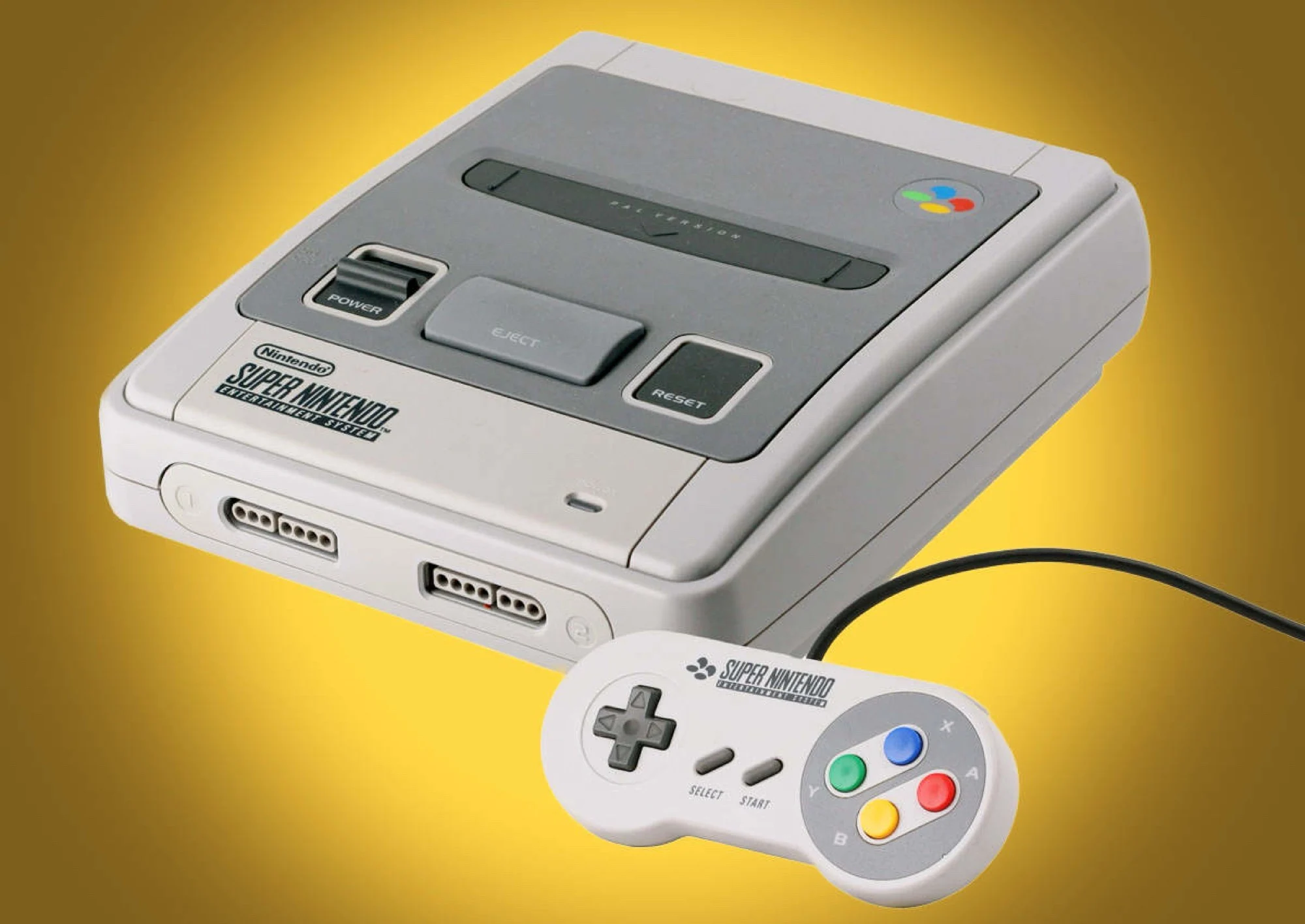Key Takeaways
1. The clock frequency of the Sony SPC700 audio chip in the Super Nintendo has gradually increased over time, now running at about 32,182Hz, which is 0.6% faster than originally designed.
2. This change is likely due to the ceramic resonator’s gradual loss of accuracy over time, influenced by heat and other factors.
3. The faster audio processor does not significantly affect game rendering speed or input processing, meaning regular players are unlikely to notice a difference.
4. Increased speed of the audio processor could lead to shorter loading times in some games, affecting how quickly audio data loads.
5. Tool-assisted speedruns may become inaccurate due to the increased clock speed, and this could eventually impact human speedrun records as well.
A captivating article from 404 Media, which draws on information from TASBot creator Alan Cecil, shows that the Super Nintendo gradually gains speed each year. More specifically, the clock frequency of the Sony SPC700 audio chip ticks up a bit over time. This chip was originally designed to operate at a frequency of 32,000Hz, but emulators have been simulating this SNES chip at a clock speed of 32,040Hz, a figure established back in 2007.
New Findings on Clock Frequency
A fresh survey indicates that the audio processor is now running even quicker than before. One user noticed a clock frequency of 32,182Hz. This suggests that the Sony SPC700 is approximately 0.6 percent faster than it was initially intended. This change is likely due to the ceramic resonator that helps maintain the clock speed but tends to lose accuracy over time from heat and other influences. Since the SPC700’s main role is audio processing, it should not significantly impact the rendering speed of SNES games or how inputs are processed, meaning that regular players shouldn’t notice any difference.
Implications for Speedruns
Nevertheless, the increased speed of the audio processor could influence loading times. Certain loading screens might become shorter because audio data is loaded more quickly. Consequently, tool-assisted speedruns no longer function accurately, as this type of speedrun relies on software-driven inputs at very specific times. Even a loading screen that is a few frames shorter can lead to significant consequences. If the Sony SPC700 in the Super Nintendo continues to get faster over the coming decades, it may eventually impact human speedrun records too.
Source:
Link


Leave a Reply